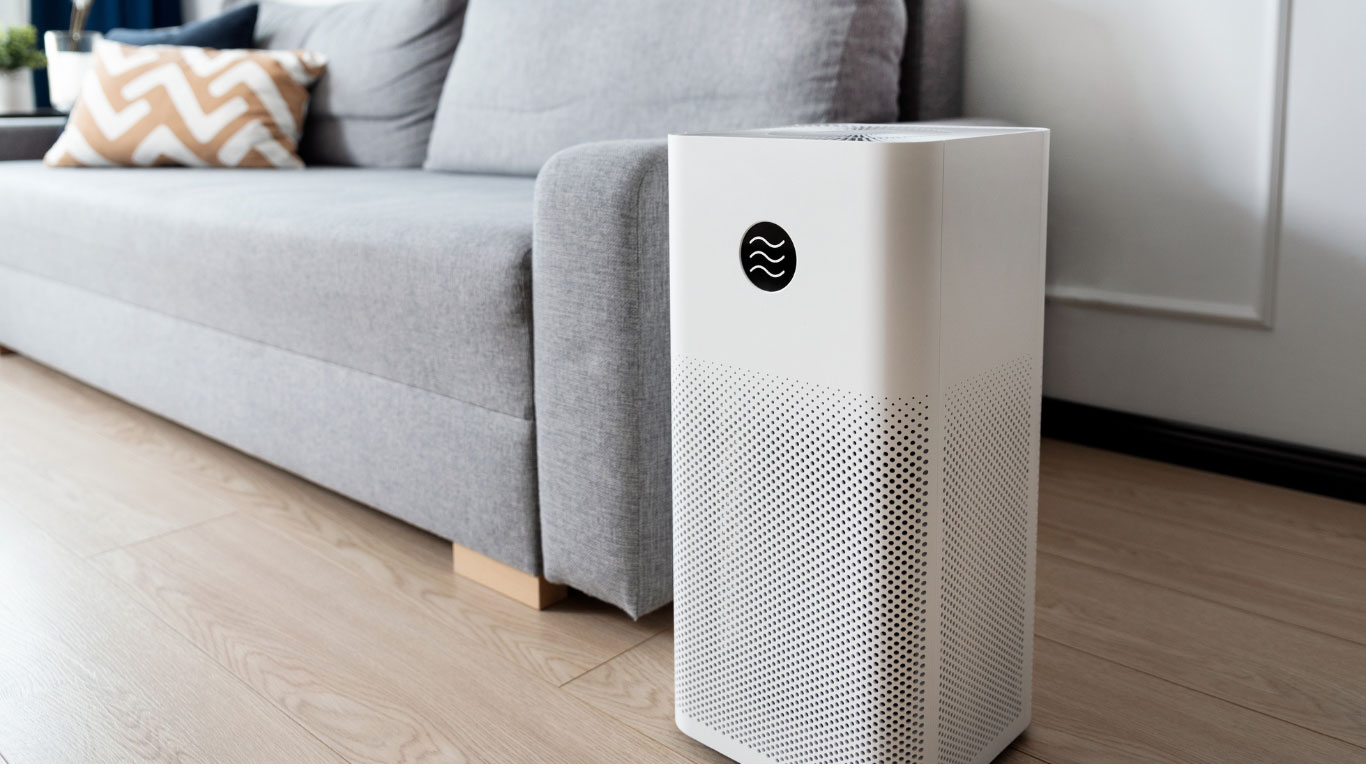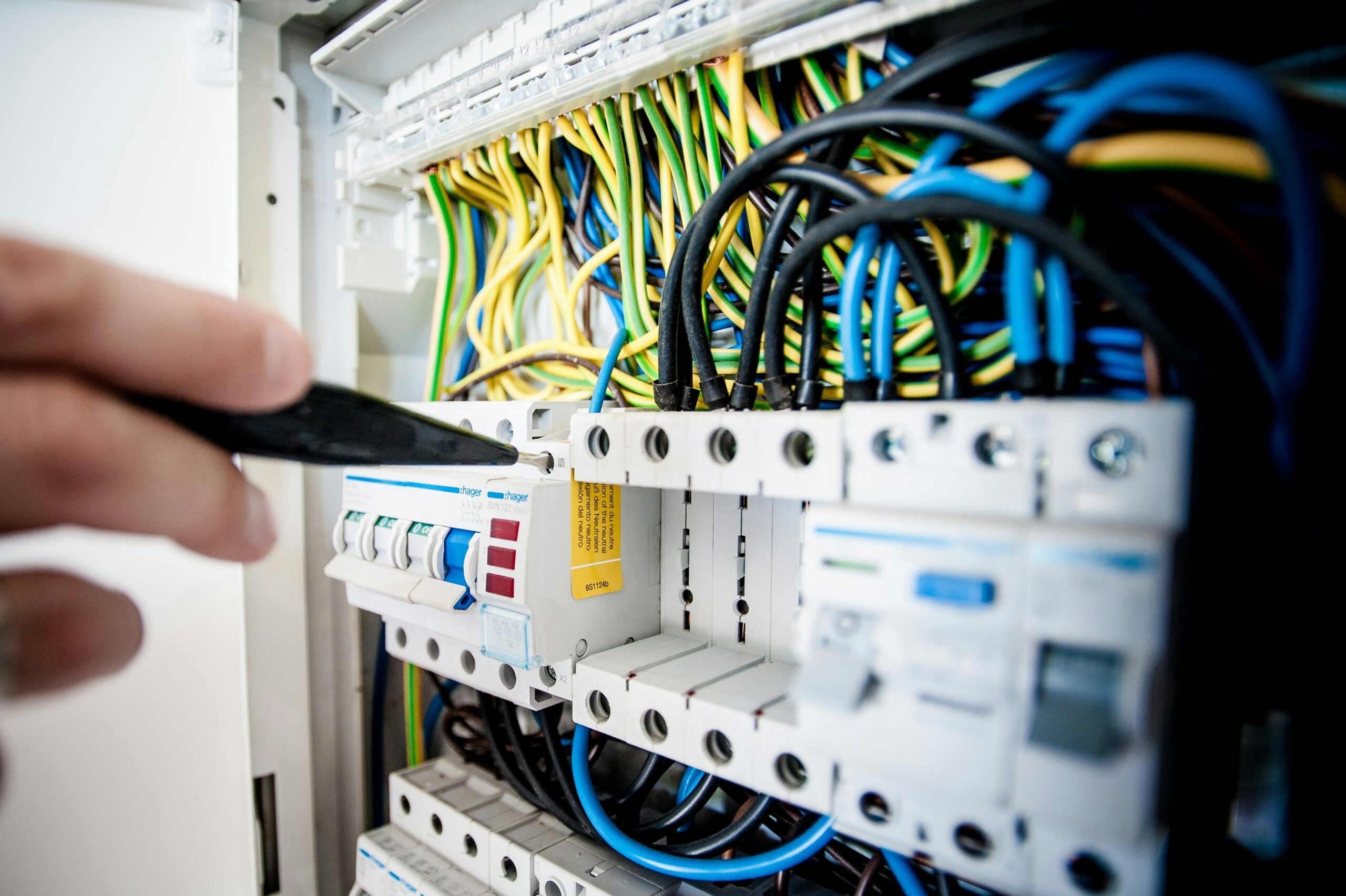What makes an air filter HEPA or True HEPA goes deeper than the percentage you see on the package. It’s understandable that the average consumer hasn’t taken the time to look closely at all the numbers that define these filters. Air quality has become a hot topic in recent years, so it’s important to consult with professionals like the ones at Air Duct Health Solutions AZ to decide which type best fits your needs. The information below will help you better understand the differences between these filters.
Industry standards
The global pandemic has put a renewed focus on air quality. Whether you are a homeowner or own a business, you need to have an understanding of indoor air quality. All types of pollution, including vehicle exhaust, chemicals, and allergens, enter our homes daily. Proper filtration is needed to remove these pollutants from your home or business. The minimum efficiency reporting value (MERV) scale is used to rate filtration performance. The scale has a range of 1 to 20. A higher number indicates better filtration abilities. The CDC recommends a MERV 13 or higher filter to eliminate germs, pollutants, allergens, and COVID-19.
HEPA filters explained
To start, HEPA is not a brand, it is a standard of filtration. It is important to understand that not all HEPA filters are created equal. A number of low-quality HEPA or proclaimed HEPA-like filters are on the market. Their manufacturers make many misleading claims. While their filtration rates may be the same, the difference lies in the size of the microns they can filter down to. The micron size for HEPA filters is much smaller than that of the low-quality filters that use the name HEPA. Licensing problems with the filters allow this to happen.
So-called HEPA filters can be found in vacuums, low-grade air purifiers, and some whole-home air filters. Faux HEPA filters are usually constructed from less expensive materials and have not gone through the same testing protocol as True HEPA filters.
True HEPA filters explained
The primary differences between HEPA and True HEPA filters are the materials they are constructed with and their filtration rates. the Department of Energy standard for a True HEPA filter is the ability to filter out a minimum of 99.7% of contaminants to a low level of 0.3 microns. They are typically constructed of plastic fibers, fiberglass, or borosilicate glass. These materials are bonded with an acrylic binder to perform the filtering process. Places such as medical facilities, computer rooms, and the workspaces of disk manufacturers and pharmaceutical manufacturers typically use these filters.
As mentioned above, HEPA and True HEPA filters are similarly designed, but the True HEPA filter uses superior materials and performs better. There simply is no substitute for a True HEPA filter. This is especially true for medical settings and other places that need maximum filtering. For additional information on HEPA and True HEPA filters, visit TheHomeMag’s website. For the latest information, follow us on Facebook.



